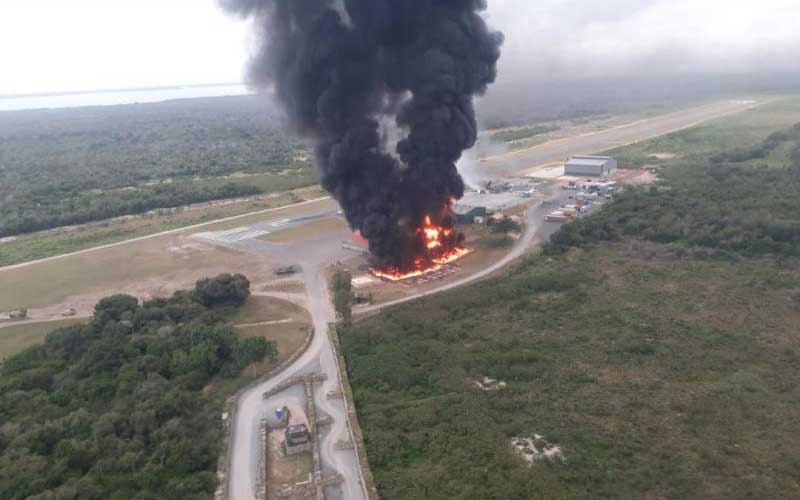×
The Standard e-Paper
Kenya's Bold Newspaper

The Manda Simba camp, a US military base housing American and Kenyan soldiers, following an ambush by Al Shabaab in January. [File, Standard]
The US military’s Africa Command is pressing for new authority to carry out armed drone strikes targeting Al Shabaab fighters in portions of Kenya, potentially expanding the war zone across the border from their sanctuaries in Somalia.